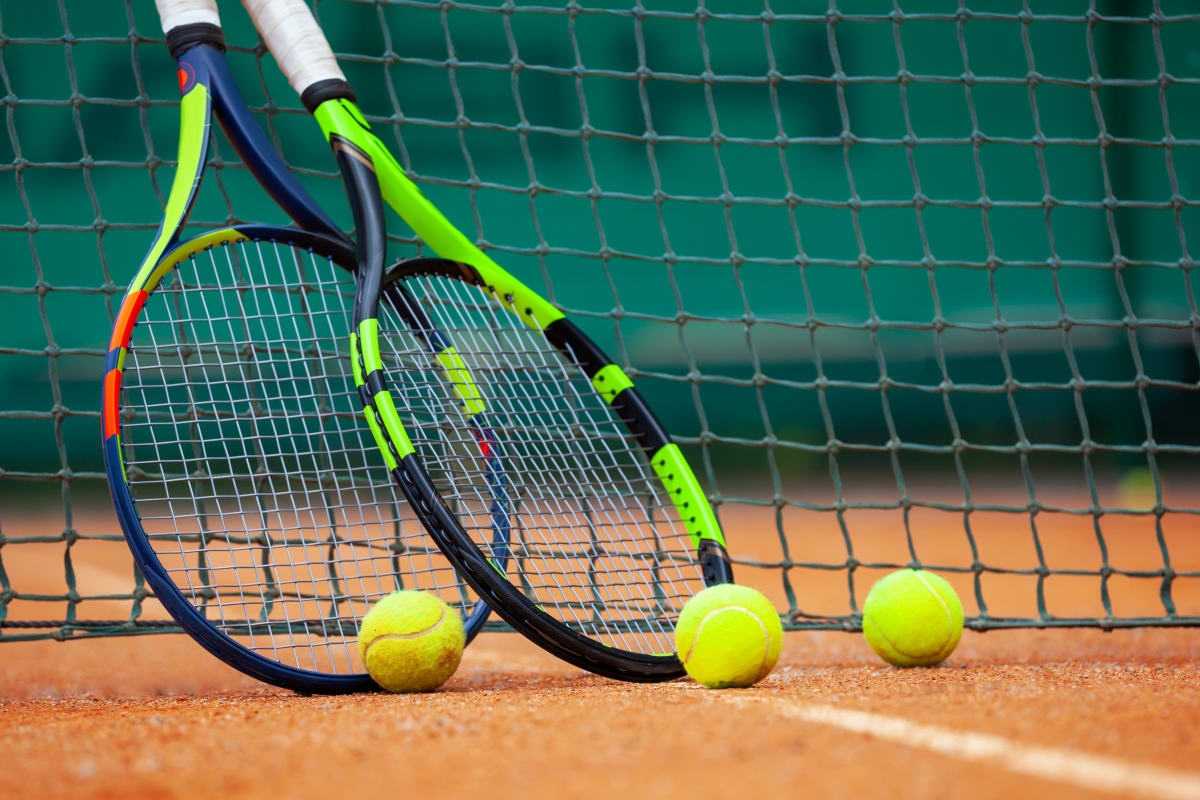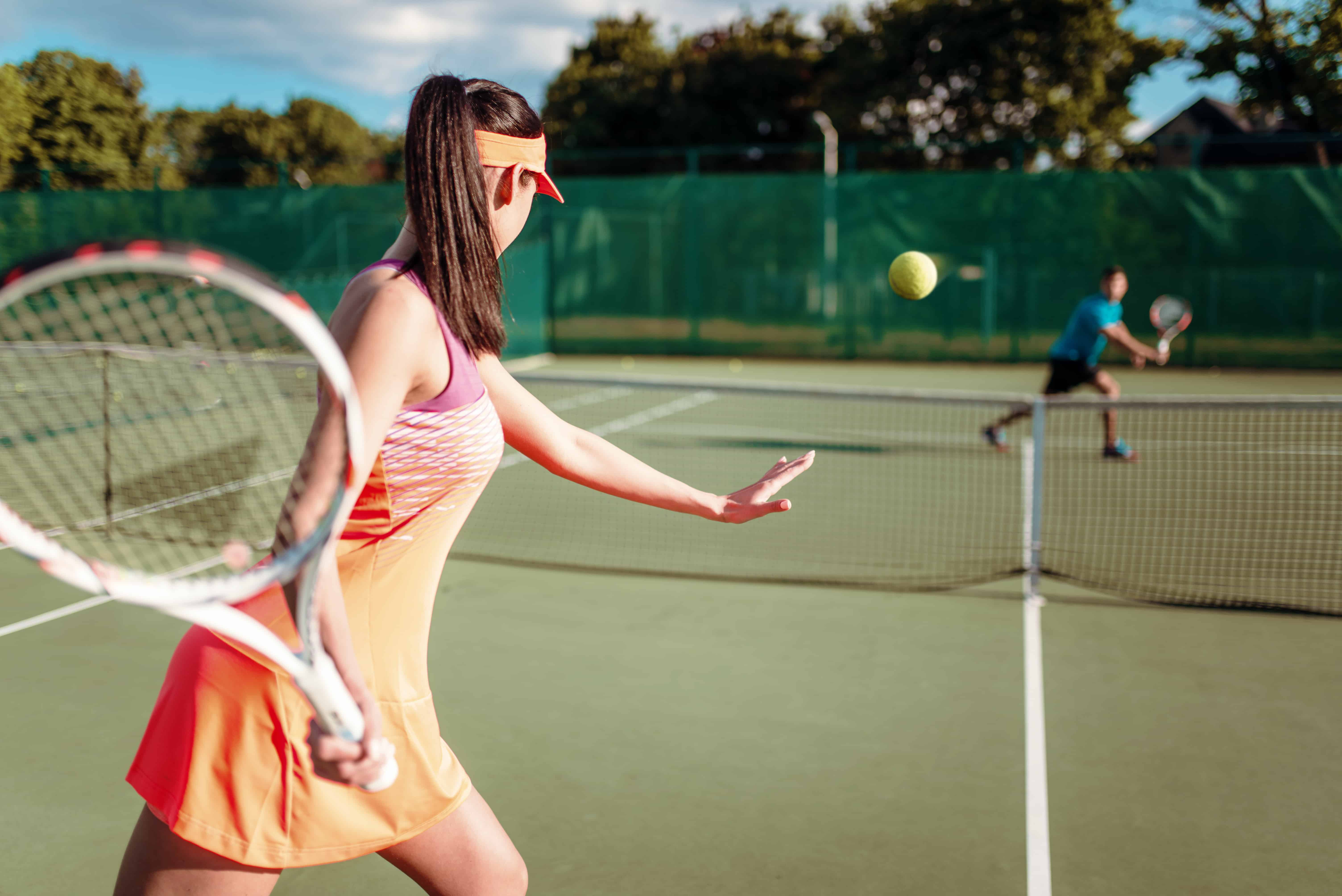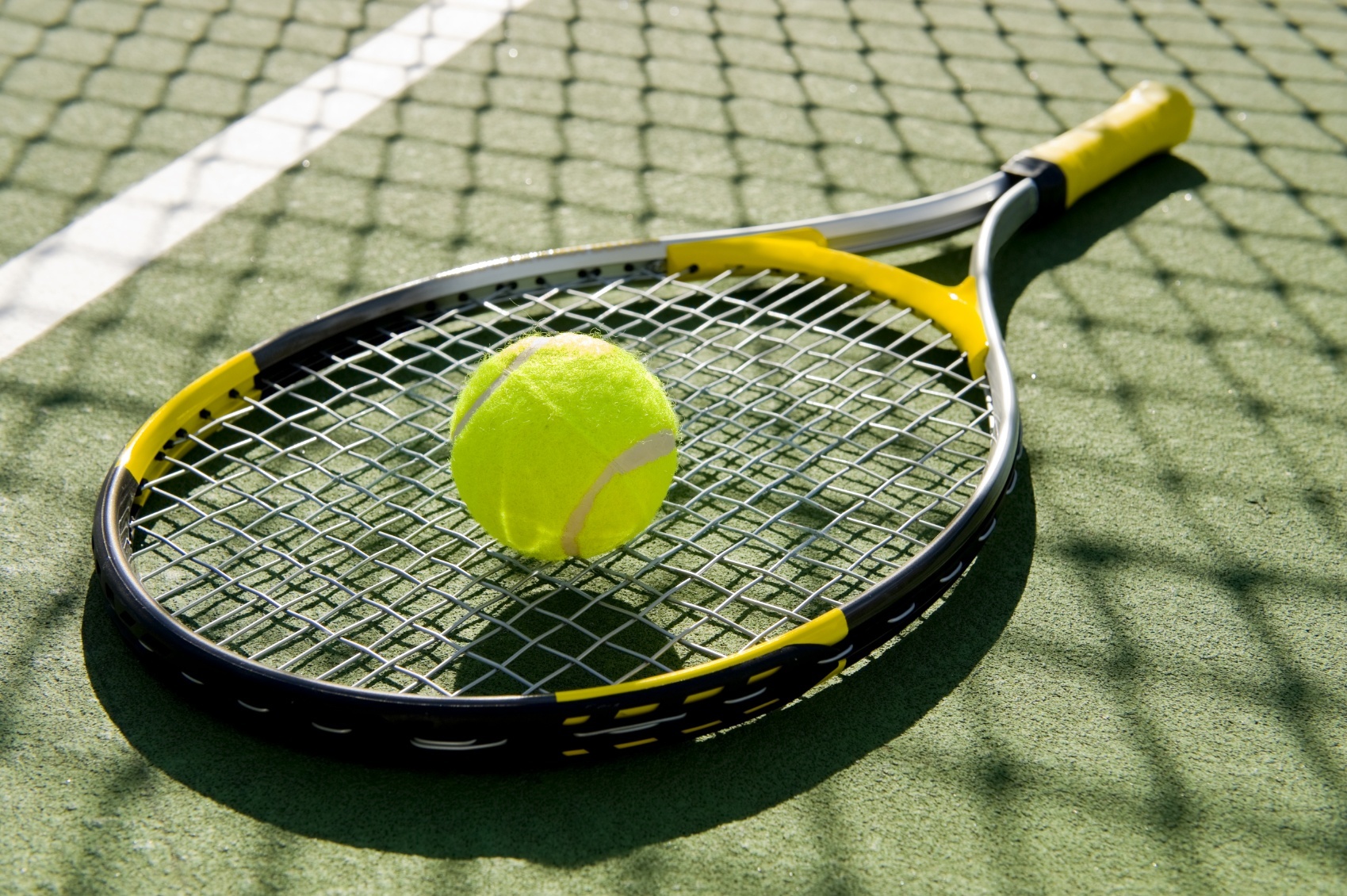Are your feet feeling squished and sore after a match? Do your toes protest with every sudden stop and start on the court? If you play tennis, you probably know that feeling of discomfort, perhaps even pain, that can come from shoes that just don't fit right. It's a very common issue, so many players experience it.
This discomfort, frankly, often comes from tennis shoes with a narrow front, squeezing your toes together. This can lead to blisters, bunions, and even ingrown toenails, making your time on the court a lot less enjoyable. It can even affect your play, as you might hesitate to move freely if your feet hurt.
But there's good news, you know, a simple solution that can make a huge difference for your foot health and your game. We're talking about tennis court shoes with a wide toe box. These shoes give your toes the room they need to spread out naturally, providing comfort and stability. This article will explore why these shoes are so beneficial and what to look for when choosing your next pair.
Table of Contents
- Why a Wide Toe Box Matters for Tennis
- What to Look For in Tennis Court Shoes with a Wide Toe Box
- Top Considerations for Players
- Common Questions About Wide Toe Box Tennis Shoes
- Making the Switch to Comfort
Why a Wide Toe Box Matters for Tennis
Tennis is a sport that demands quick, explosive movements. You're constantly stopping, starting, changing direction, and pushing off. These actions put immense pressure on your feet, particularly your toes. A narrow shoe can really hinder your natural foot mechanics, you know, making things tougher.
Natural Foot Movement and Stability
When your toes have enough room, they can spread out. This natural splay, as a matter of fact, helps your foot act like a stable base. It improves your balance and gives you more surface area to push off from, which is vital for those powerful serves and quick volleys. Without this space, your toes get cramped, and your foot can't properly engage with the ground.
This extra room allows your toes to work independently, providing better grip and stability during lateral movements. It’s like having a wider base for a building; it just stands stronger. A lot of players, apparently, find their agility improves with this kind of shoe.
Preventing Common Foot Issues
Squeezed toes are a primary cause of several painful foot conditions. Bunions, for example, are often made worse by shoes that push the big toe inward. Hammer toes, corns, and blisters can also develop when there's not enough space. A wide toe box helps prevent these issues by allowing your toes to maintain their natural alignment, which is really important.
For anyone with existing foot concerns, like bunions or neuromas, a wide toe box isn't just a comfort feature; it's practically a necessity. It reduces pressure on sensitive areas, making it possible to play without constant irritation. You might be surprised, too, how much difference this simple change can make.
Improving Comfort and Endurance
When your feet are comfortable, you can focus on your game, not your pain. Shoes with a wide toe box reduce friction and pressure points, leading to less fatigue during long matches or practice sessions. This means you can play longer, with more energy, and just feel better overall.
Feeling good on the court, you know, translates directly to better performance. If your feet are happy, your mind is clearer, and your movements are more fluid. It's a simple truth, but often overlooked in the quest for the "best" shoe.
What to Look For in Tennis Court Shoes with a Wide Toe Box
Finding the right pair of tennis court shoes with a wide toe box involves more than just looking at the width measurement. It's about the overall design and how it accommodates your foot's natural shape. There are a few key elements to consider, as a matter of fact.
Toe Box Shape and Volume
A truly wide toe box doesn't just mean a wider base; it also means more vertical room and a shape that mirrors the natural fan-like spread of your toes. Some shoes might be wide at the ball of the foot but still taper sharply at the toes. Look for shoes that allow your big toe to point straight forward, not inward. This is quite important, you know, for proper alignment.
The volume within the toe box is also key. Your toes shouldn't feel squashed from the top or sides. They should have enough space to move a little, even when you push off. This prevents rubbing and blistering, which can be really annoying.
Cushioning and Support
While the toe box is crucial, the rest of the shoe's design still matters. Good cushioning throughout the midsole helps absorb impact, protecting your joints during those quick sprints and jumps. Look for responsive cushioning that provides a good energy return, too, so you feel a spring in your step.
Support features, like a stable heel counter and midfoot shank, are also important for preventing ankle rolls and providing overall foot stability. Even with a wide toe box, the shoe needs to hold your foot securely in place, especially during lateral movements. This balance of freedom and security is, basically, what you want.
Outsole Durability and Grip
Tennis court shoes take a beating, so a durable outsole is essential. Look for high-abrasion rubber compounds, especially in high-wear areas. The tread pattern should also provide excellent grip on your preferred court surface, whether it's hard court, clay, or grass. A good grip, you know, helps with those sudden stops.
Some shoes are designed specifically for certain court types, offering specialized tread patterns for optimal traction. Choosing the right outsole for your playing surface can significantly improve your movement and prevent slips. It’s something to consider, really, when making your choice.
Upper Material and Breathability
The upper material of the shoe should be flexible enough to conform to your foot while providing adequate support. Breathable materials, like mesh, are vital for keeping your feet cool and dry, especially during long matches in warm weather. This helps prevent blisters and fungal issues, too.
Some shoes use synthetic overlays for added durability and support in key areas. Look for a balance between flexibility, support, and ventilation. You want your feet to feel contained but not suffocated, which is a pretty good way to think about it.
Top Considerations for Players
Choosing the right tennis court shoes with a wide toe box isn't just about finding a model that says "wide." It's about understanding your own feet and playing habits. There are a few personal factors that you really should think about.
Your Foot Type
Not all wide feet are the same. Some people have a generally wide foot, while others might have a standard width but a very broad forefoot or specific issues like bunions that require extra toe room. Knowing your foot shape and any specific problem areas will guide your choice. For instance, someone with bunions might need a shoe that's soft and seamless in that area, too.
Consider your arch type as well. While not directly related to the toe box, a shoe that provides appropriate arch support for your foot can contribute to overall comfort and stability, which, in a way, impacts how your toes feel. You can learn more about foot health on our site.
Playing Style and Court Surface
Your playing style can also influence your shoe choice. If you're an aggressive baseliner who slides a lot, you'll need a shoe with exceptional durability and lateral stability. If you're a serve-and-volley player, quick starts and stops are paramount. The court surface also matters, as mentioned earlier, due to different traction needs.
For example, clay court shoes often have a herringbone pattern for better grip and to prevent clay from sticking. Hard court shoes, meanwhile, need more cushioning to absorb impact. Considering these aspects ensures your wide toe box shoes are also optimized for your game, which is, honestly, a big deal.
Trying Shoes On
The best way to find the perfect fit is to try shoes on, preferably at the end of the day when your feet are slightly swollen. Wear the type of socks you'd normally wear for tennis. Walk around, do some lunges, and simulate tennis movements to see how the shoes feel. Pay close attention to how your toes feel – do they have enough room to splay naturally without touching the sides or front?
Don't just rely on the size number; different brands and models can fit differently. What feels comfortable for one person might not for another. This personal trial is, basically, the most important step.
Common Questions About Wide Toe Box Tennis Shoes
Why do tennis players need a wide toe box?
Tennis players need a wide toe box because the sport involves constant, explosive lateral movements, quick stops, and pushes. A wide toe box allows the toes to spread out naturally, providing a stable base for better balance and power. This natural toe splay helps distribute impact forces more evenly and improves overall foot function during dynamic play. It really helps with stability, you know.
What brands offer tennis shoes for wide feet?
Several reputable tennis shoe brands offer models specifically designed with wider fits or a naturally wider toe box. While specific models change frequently, some brands are known for consistently providing options for wider feet. It’s always best to check current collections and read reviews that mention fit. You can typically find a good selection, more or less, if you look.
Can wide toe box shoes prevent foot injuries in tennis?
Yes, wide toe box shoes can significantly help prevent many common foot injuries in tennis. By allowing toes to splay and reducing pressure points, they can help avoid issues like bunions, corns, blisters, and ingrown toenails. They also promote better foot alignment and stability, which can indirectly reduce the risk of ankle sprains or other lower limb problems. It's a pretty big benefit, actually.
Making the Switch to Comfort
Choosing tennis court shoes with a wide toe box is a smart move for any player looking to improve comfort and performance. It's about prioritizing your foot health, which, in turn, allows you to play your best game. Don't let uncomfortable shoes hold you back from enjoying every moment on the court.
Remember that proper footwear is as important as your racket or your training. Giving your feet the space they need can lead to more enjoyable matches, fewer aches, and, frankly, a better overall tennis experience. For more information on tennis tournaments and player news, you might want to visit a site like ATP Tour, which covers men's professional tennis. Also, you can link to this page for more insights.



Detail Author:
- Name : Hilma Reilly
- Username : yrunte
- Email : damian81@hotmail.com
- Birthdate : 1997-01-18
- Address : 84322 Hilpert Groves Apt. 720 South Abbie, WI 82832
- Phone : 1-614-572-4975
- Company : Raynor Group
- Job : Therapist
- Bio : Voluptas cumque commodi doloribus quasi dolorem doloribus impedit nemo. Necessitatibus ut fuga itaque sint sunt ipsam. Modi et similique iure molestiae aut.
Socials
facebook:
- url : https://facebook.com/quinnbarrows
- username : quinnbarrows
- bio : Doloribus possimus cum omnis perspiciatis odit consequatur.
- followers : 4647
- following : 2502
linkedin:
- url : https://linkedin.com/in/qbarrows
- username : qbarrows
- bio : Quia vel mollitia esse accusamus.
- followers : 6302
- following : 2184